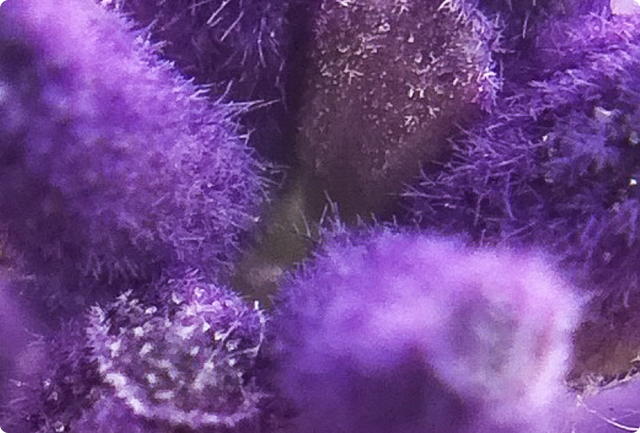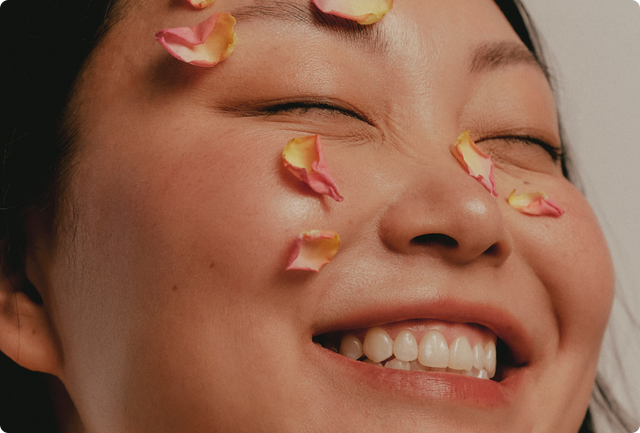About the Root
Valerian root comes from the underground parts of the Valeriana officinalis plant—a flowering perennial native to Europe and parts of Asia. Its earthy, musky scent reflects its long-standing use as a potent natural remedy for sleep disturbances, stress, and nervous tension. This is a bold plant with a well-earned reputation for helping people reclaim deep, restorative sleep.
Common Traditional Uses and Applications
Valerian is a go-to when you want strong, natural support for:
· Falling asleep faster and staying asleep longer
· Reducing feelings of anxious overthinking at night
· Tackling restlessness or muscle tension that disrupts sleep
· Restoring a healthy sleep rhythm after travel or stress
· Offering a non-pharmaceutical alternative to conventional sleep aids
· Calming the body and mind without sedation or dependency
Clinical Findings
| Study | Participants & Duration | Key Results | Reference |
| Sleep Aid in Postmenopausal Women | 100 women, 4-week trial | May improve better sleep patterns, increased total sleep time, and fewer awakenings. | Taavoni et al., 2011 |
| Main active compounds | Literature review | Over 800 chemical constituents identified: mainly iridoids, lignans, flavonoids, sesquiterpenoids and alkaloids. |
Jianchun Li et al. (2022) |
| Meta-Analysis on Anxiety & Sleep | Review of 18 trials | Show promising effects to improve sleep quality and is well tolerated as mild and natural alternative. | Bent et al., 2006 |
Behind the Science (Made Simple)
Valerian root works with your brain’s natural chemistry to deliver sleep support—not by knocking you out, but by activating the systems that help your body transition into deep rest.
· Sleep quality improvement: Valerian root extract was associated with statistically significant improvements in sleep quality among postmenopausal women experiencing insomnia.1
· Deepens and lengthens sleep: Valerian supports longer, more restorative sleep cycles and helps reduce unwanted nighttime wakeups.1
· Well tolerated no serious adverse events reported across studies2
· Traditional Uses: Valeriana species are widely used in traditional Chinese medicine to treat sleep disorders, menstrual issues, pain, digestive problems, and inflammation.3
How and Where It Grows
Valerian thrives in the cool, damp meadows of Europe, Central Asia, and North America. Its roots are typically harvested in autumn once the flowering period ends, when their active compounds are at peak potency. It’s cultivated widely today for use in sleep formulas, teas, and herbal extracts.
Use in Ancient Medicine
Valerian’s history as a powerful calming herb dates back more than two millennia. Ancient Greek and Roman physicians used it for sleeplessness, trembling, and even panic. In the Middle Ages, it was relied on as a full-body relaxant. Herbalists across cultures have revered it as one of nature’s most dependable sleep remedies.
Symbolism
Valerian has long symbolized release, rest, and protection. In European folklore, it was believed to guard the sleeper from spiritual and emotional disturbances. Its grounding nature made it a favorite among healers looking to support both the mind and heart during times of unrest.
INFORMATION provided is intended for informational purposes only and is not meant to diagnose, treat, cure, or prevent any disease. Statements have not been evaluated by Health Canada or the FDA. Please consult a qualified healthcare provider before using essential oils for therapeutic purposes.
References
1. Taavoni S, et al. Effect of valerian on sleep quality in postmenopausal women: a randomized placebo-controlled trial. Sleep Med. 2011.
2. Bent S, et al. Valerian for sleep: a systematic review and meta-analysis. Am J Med. 2006.
3. Li J, et al. The potential of Valeriana as a traditional Chinese medicine: traditional clinical applications, bioactivities, and phytochemistry. Front Pharmacol. 2022








